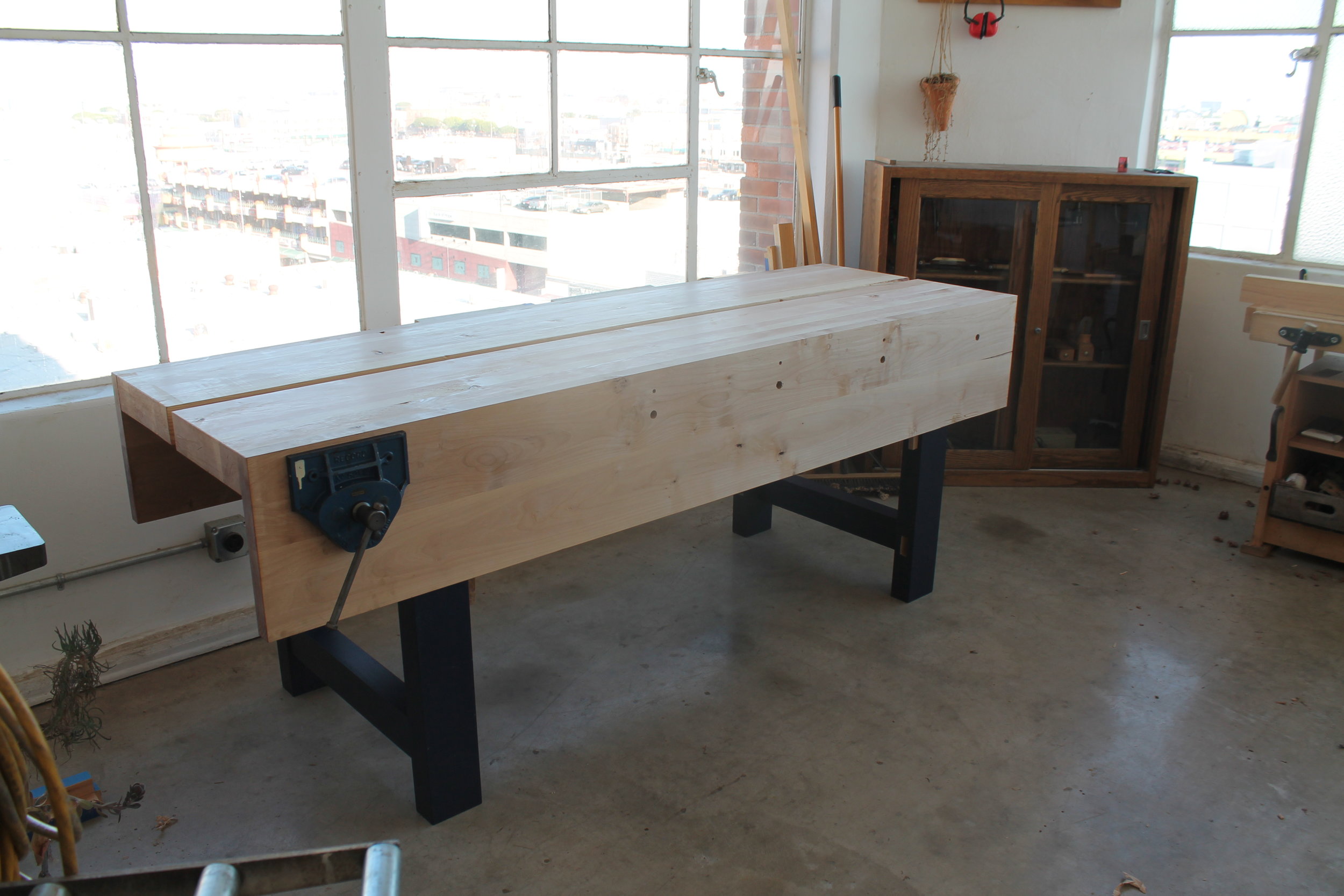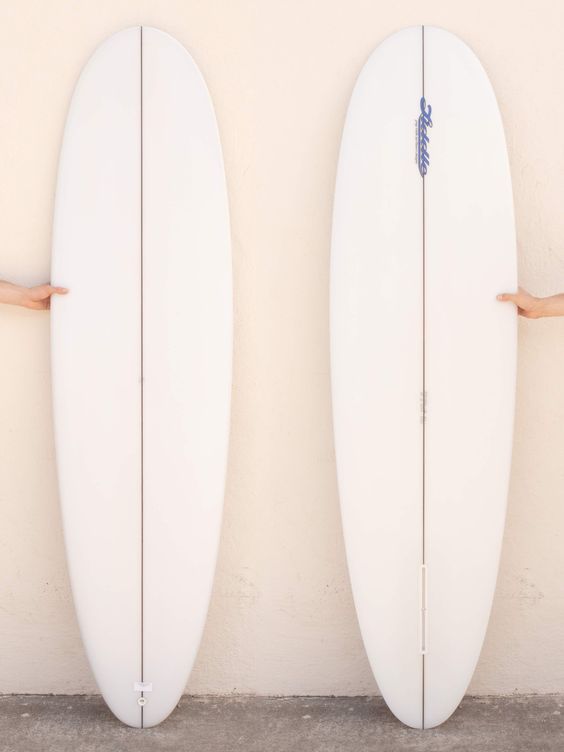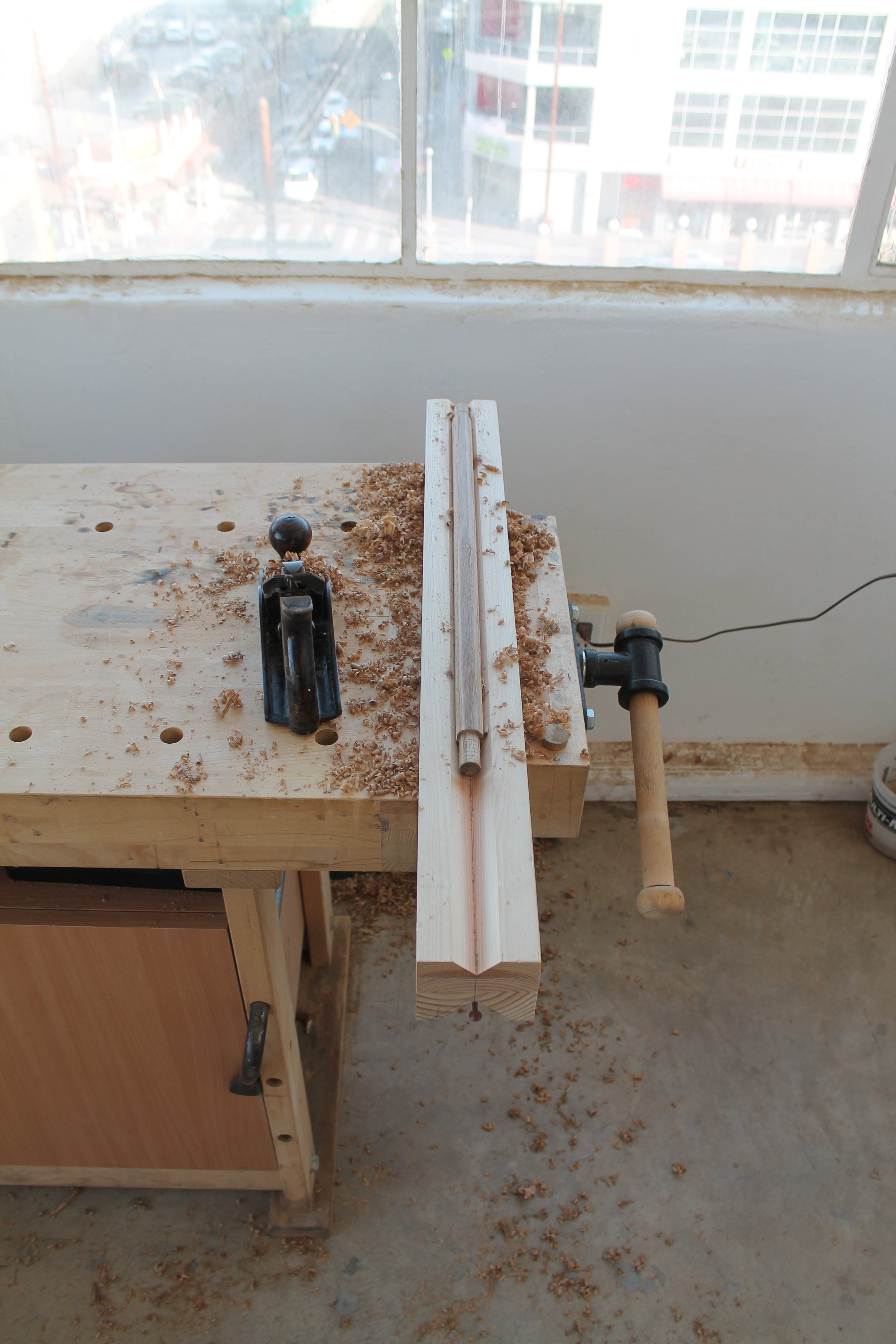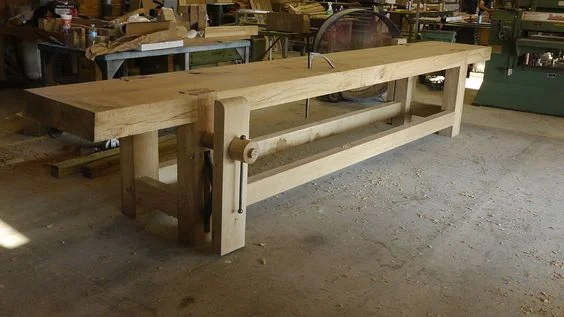My sister Haley; the middle of my three younger sisters, was living with her husband and tiny daughter in Oxnard, or ‘the Nard’ in local parlance. My brother-in-law was stationed at a Naval base in the area and it had become something of a custom during their time in California for me to make the trip up from Los Angeles and meet them for lunch on Sunday afternoons. I worked at a bar Saturday nights, closing shift; on a typical night I’d lock the bar door after a 9 hour shift at 3 am, then make the short walk across the street to my apartment. A crosswalk had even been installed to ensure my safety in the wee hours for my brief commute. After a long night of making drinks and talking or, more often yelling, I was wired. It would be 4 or 5 before I could nod off then, like clockwork, I’d be up at 9.
This left me just enough time to stuff my moldy wetsuit in an ancient Navy surplus store bag (missing one strap), fill my water bottle, and grab my trusty 6’5” single fin shaped by a dude with a garage bay over on Micheltorena. I’d load up the ‘89 Toyota Van-wagon, say a little prayer over the vehicle, then make for County Line, but not before stopping by my local for coffee. I’d make a careful selection from my vast store of CDs (usually a bop jazz album, usually Misterioso), and head west on the 10. Emerging onto the PCH from the hectic freeway and turning north along the water was one of the highlights of my week. Had I been tired, I suddenly felt rested. If I was sad, I instantly became upbeat; especially if the winds were light and there were signs of energy in the water.
One day in particular stands out; sometime in early Summer of 2017. It was one of those magical Southern California days when the air is clear and warm and completely still. The ocean on these days is so glassy it almost looks like an oil slick. There was a little swell running; a combo swell so the beach breaks were working especially well. The only drawback on these days are the crowds. Topanga and Malibu were completely overrun as usual, but I began to worry when passing Leo Carillo and the standard crowd of 20 had swelled to 50; all huddled in the same tiny takeoff zone near the rock. ‘County is going to be a zoo,’ I thought. After confirming my suspicions, I steered the van toward a semi-secret beach we’d been surfing over the years. Probably not so much a secret as it is difficult to access. I parked and walked out to the overlook to find two guys splitting chest high, shapely peaks. One of them was getting in early on his mid-length, gaining quite a bit of momentum off the rolling takeoff and driving down the line going left, then laying into a full rail cut back. After witnessing a couple such turns I raced back to the van to gather my effects.
Despite the lack of sleep and taxing work the previous night, I felt robust and eager to hunt a few peaks. It was often so on Sundays after the late shifts; as if the heightened state from the shift carried over into the next day. By Sunday evening though I was completely toast, just tried to make sure I was home by then.
I carefully made my way down the goat trail; my ancient Sperrys not providing much footing on the precipitous path. ‘Probably would be better off barefoot,’ I muttered to myself. A little cleft in the rocks provided a changing nook; not that there was any need for privacy on the empty beach. The blazing sun felt invigorating on my bare skin so used to flannels and wetsuits. I watched a couple more waves from the sand and realized the surf was in fact better than I’d seen it in a while. It seemed as if some sand had filled in over the reef and added a little suspense to the outside section. One of the two guys, himself on a diminutive mini-Simmons type shape, took off on a steep one, stuck a late drop and crouched into a little cover up. I skipped the stretching and made a run for the water.
It was such a great day that, I decided, even if I didn’t catch one wave it would still be a success just to be out there what with all the sunshine and shimmering Pacific. A wave eventually presented itself and, given I had gone to all the trouble to put on my wetsuit and descend the hill, I turned and made a go of it. Lumpy as it seemed it gave my 6’5” a surprisingly forceful push and I found myself up and riding before it ledged over the reef. Swinging off the bottom, my 8 ½ inch Liddle flex fin sprung me back up into the pocket and I sailed down the line at full trim, putting the board on a rail at the shoulder and cutting back to the foam ball. Here the action stalled for a moment as I rode atop the foam awaiting the inside section to stand up. Sure enough, it did and I happened to be in a most fortunate place right in the pocket. I didn’t have to do anything but crouch a bit and feel the water wrap around me. Leaning back a bit to insert myself in the most interesting part of the wave, I noticed directly in my line of travel two kids wading out into the water. They shrieked with joy at the sight of a skinny bearded man looking so focused on such a small wave. I milked the inside for every last drop of energy until it imploded on the shallow sands sending my person and the single fin upon dry land.
I gathered my stick and headed back out for more.
I gave the other guys priority; they were there first after all, usually letting them have their pick of the set waves before taking one of the leftovers. On one wave mid session I found myself trimming down the line in the general direction of the shortboarder, who was paddling back out. I came into the shoulder full speed and put all my weight (150 lbs) into a cutback wrapping all the way back into the whitewater. Something about the design of that single fin; probably the subtle continuous rocker, facilitated this maneuver and made it easier than anything I’d ever ridden. It was as if the board naturally wanted to do that turn and I just happened to be on top of it. Reaching the lineup again the guy on the short stick, apparently a custom 5’8” by Manny Mandala, indicated my board and remarked, ‘the older I get the more I think about getting something with a bit more foam.’
‘Not a bad idea, I’m glad I’ve got this thing for when I’m feeling a little tired.’
‘Or hungover.’
‘Or hungover,’ I agreed, ‘and tired.’
I was about to say something when he took a wave.
Paddling back out he commented, ‘sorry to cut you off…that’s how it works in surfing though right? Your friend can be like ‘I just found out my dad has cancer,’ then a wave comes and you’re like ‘ah that sucks, hold on man!’
A very true sentiment at which we both laughed.
‘Where do you guys live?’
‘We’re both in Venice. You?
‘Sivlerlake.’
‘Oh I love Silverlake, we were just at a show at El Cid and got drinks at El Condor after.’
‘No shit! I work at Condor.’
‘No shit! That place is great.’
We exchanged notes on our respective neighborhoods; in some ways they could be interchangeable. One is close to the beach, the other has hills and some fine music venues, but we agreed both have great restaurants, bars, cafes, record stores. Both, for example, had a Mollusk surf shop - very telling for those familiar with that niche of the surf culture. Before I knew it we were spending more time chatting about our favorite drinking establishments than actually catching waves, hatching plans to meet up at one spot or another. It was the complete antithesis of the usual LA County weekend surf. Fun waves with only two guys out who turned out to be fairly agreeable.
After a couple hours I realized I was going to be later than usual for the weekly lunch date with my sister. Bidding the guys farewell I found one last wedge. By this time familiar with the reef I stalled a bit after dropping in delaying my bottom turn. Letting the flex fin really load up and spring my grey 6’5” back up to the lip where I snapped what felt like a powerful top turn but must have looked most unimpressive to the casual observer.
I changed in the sun then carefully rolled an overstuffed splif, burning it very slowly so as to soak up every last possible warming ray before scrambling back up the goat trail to my old jalopy. The drive north along the PCH that sunny afternoon was pure joy. I had no need of the radio; just the sound of the rushing wind and the sight of the Pacific blue stretching out to eternity. Eventually though I rustled around for an old CD, the Byrds I think it was, and drove into Ventura a thoroughly happy, sunburnt man.
































































